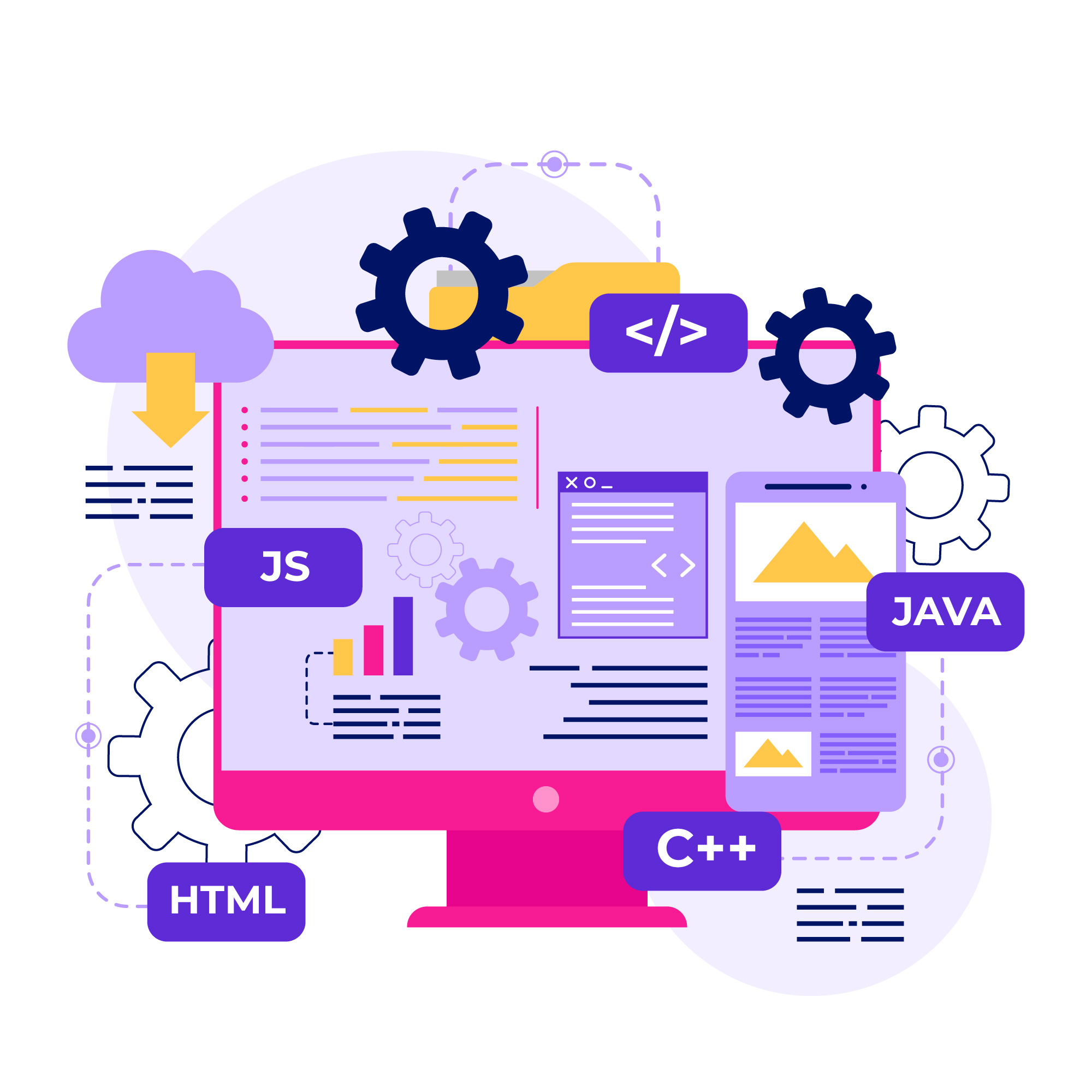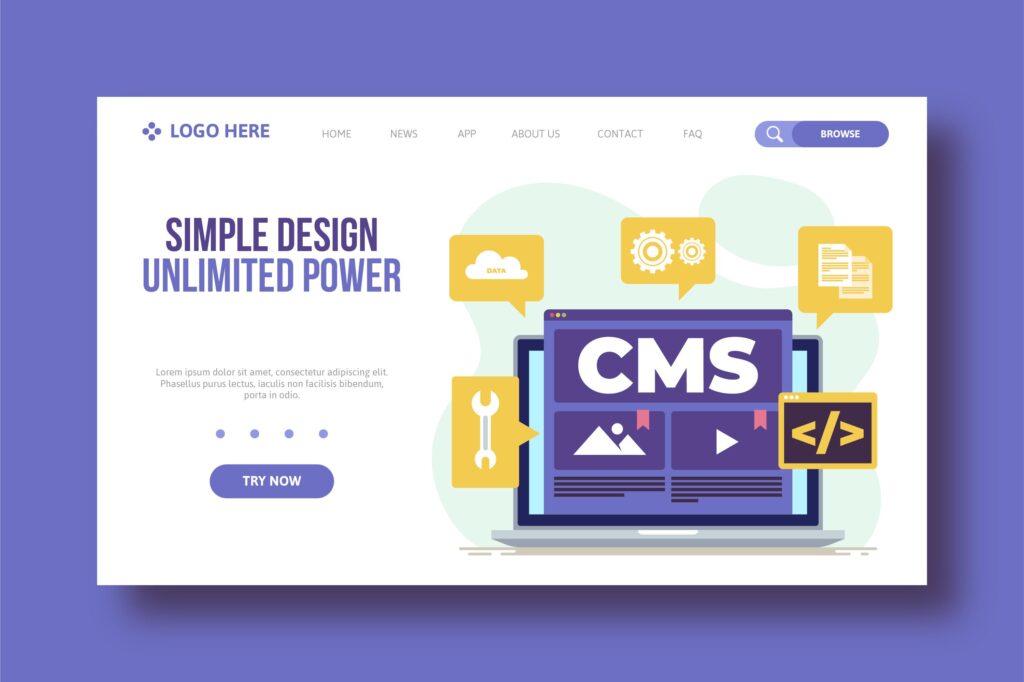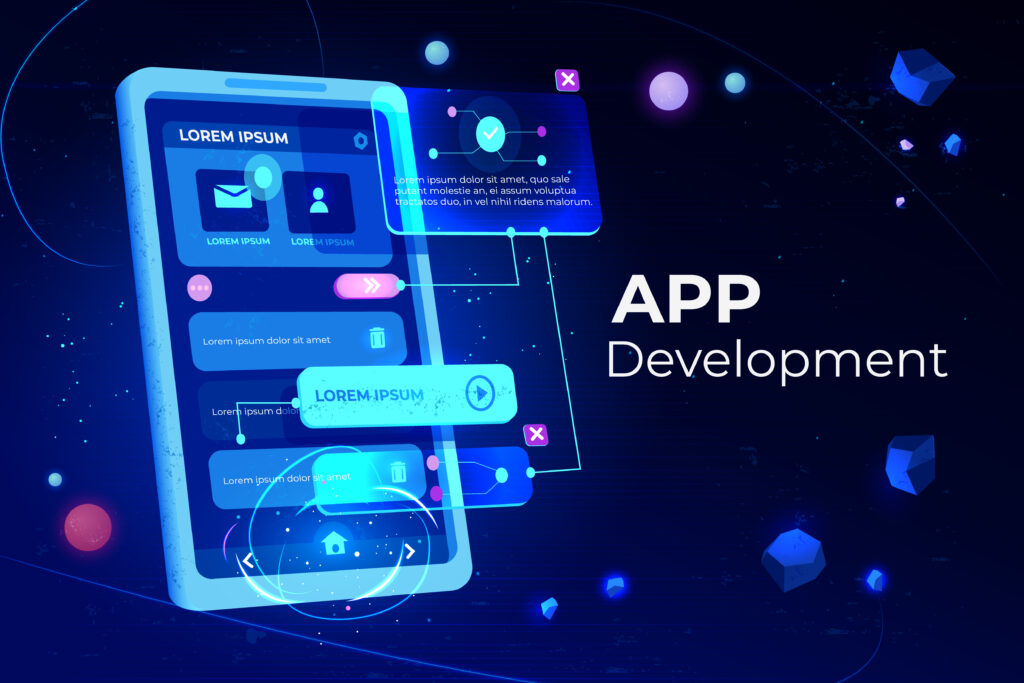In today’s fast-paced world of technology, the demand for versatile and skilled developers is at an all-time high. Full-stack developers have emerged as the unicorns of the tech industry, possessing expertise in both front-end and back-end technologies. In this blog, we will delve into the world of full-stack development, discussing what it is, the skills required, the benefits of being a full-stack developer, and how to become one.
What is Full-Stack Development?
Full-stack development refers to the practice of working on both the front-end and back-end components of a web application or software project. In essence, a full-stack developer is proficient in a wide range of technologies and can seamlessly transition from creating user interfaces to managing server-side logic, databases, and server infrastructure. This versatility allows them to build complete web applications from start to finish.
Skills Required for Full-Stack Development
To become a successful full-stack developer, one must acquire a diverse set of skills. Let’s explore the core competencies needed for both front-end and back-end development.
Front-End Development Skills
- HTML/CSS: HTML is the markup language used for structuring the content of a web page, while CSS is used for styling and layout. These fundamental skills are the building blocks of web development.
- JavaScript: JavaScript is a versatile and powerful scripting language that enables the creation of interactive and dynamic web pages. A full-stack developer must have a strong grasp of JavaScript.
- Front-End Frameworks: Familiarity with front-end frameworks like React, Angular, or Vue.js is crucial. These frameworks provide a structured way to develop complex user interfaces and are widely used in modern web development.
- Responsive Web Design: Ensuring that web applications are responsive and function seamlessly on a variety of devices and screen sizes is essential for delivering a great user experience. This involves utilizing techniques such as media queries and flexible layouts.
- Web Performance Optimization: Knowledge of tools and techniques to optimize website performance is critical. This includes minimizing load times, reducing page weight, and optimizing images and other assets.
- Version Control/Git: Proficiency in version control systems like Git is essential for tracking changes in code, collaborating with other developers, and managing code repositories.
Back-End Development Skills
- Server-Side Programming: Mastery of server-side programming languages like Python, Ruby, Java, or Node.js is necessary. These languages are used to create the server logic that processes requests and communicates with databases.
- Databases: Understanding of database systems such as MySQL, PostgreSQL, MongoDB, or NoSQL databases is vital for managing and storing data efficiently. Full-stack developers must be skilled in designing, querying, and optimizing databases.
- APIs (Application Programming Interfaces): Creating and integrating APIs is crucial for connecting the front-end and back-end components of an application. This facilitates data exchange and interaction with external services.
- Server Management: Knowledge of server management, including deployment and configuration, is essential. Full-stack developers should be comfortable working with cloud platforms like AWS, Azure, or Google Cloud.
- Security: Ensuring the security of data and web applications is a critical aspect of back-end development. This involves implementing authentication, authorization, and encryption measures to protect sensitive information.
- Web Frameworks: Familiarity with back-end frameworks like Django, Ruby on Rails, Express.js, or Spring provides a structured environment for building server-side logic efficiently.
Benefits of Being a Full-Stack Developer
- Versatility: Full-stack developers can take on various roles in a project, making them valuable assets to any development team. They can seamlessly switch between front-end and back-end tasks as needed.
- Efficiency: Full-stack developers can troubleshoot and resolve issues across the entire stack, reducing downtime and improving the development process. This results in faster development cycles and quicker problem resolution.
- Cost-Effective: Companies can save resources by hiring a single full-stack developer instead of multiple specialists. This is particularly advantageous for startups and small businesses with limited budgets.
- Simplified Communication: Full-stack developers bridge the gap between front-end and back-end teams, facilitating better communication and collaboration. This leads to smoother project workflows and fewer misunderstandings.
- Problem-Solving: Full-stack developers excel at solving complex problems and overcoming challenges due to their holistic understanding of the entire development process. This skill is highly valued in the tech industry.
How to Become a Full-Stack Developer
Becoming a full-stack developer is an exciting journey that involves continuous learning and practical experience. Here’s a step-by-step guide to help you get started:
- Learn the Basics: Start with the fundamentals of HTML, CSS, and JavaScript. Numerous online tutorials, courses, and coding bootcamps can help you establish a strong foundation in web development.
- Master Front-End Technologies: Dive into front-end development by learning popular frameworks and libraries like React, Angular, or Vue.js. Building user interfaces and responsive design are essential skills to acquire.
- Get Comfortable with Back-End Development: Explore server-side programming languages like Node.js, Python, or Ruby. Gain a deep understanding of databases, including how to design schemas, query data, and optimize performance.
- Work on Projects: Practical experience is crucial. Start with small projects and gradually tackle more complex applications. Building a portfolio of your work demonstrates your capabilities to potential employers.
- Learn About Databases: Dive deeper into databases, understanding both SQL and NoSQL options, and how to interact with them efficiently.
- Explore Frameworks: Familiarize yourself with back-end frameworks like Express.js (for Node.js), Django (for Python), or Ruby on Rails to streamline server-side development.
- APIs and Integration: Learn how to create and consume APIs to connect your front-end and back-end components, facilitating data exchange.
- Server Management and Deployment: Gain expertise in server management, including server deployment on cloud platforms like AWS, Azure, or Google Cloud.
- Security: Prioritize application security by implementing best practices in authentication, authorization, and data encryption.
- Version Control and Collaboration: Master Git and GitHub to efficiently collaborate with others on coding projects and manage code repositories.
- Stay Current: The tech industry is continually evolving. Stay up to date with the latest trends and technologies by reading blogs, attending conferences, and networking with other developers.
Conclusion
Full-stack development is an exciting and rewarding career path. By mastering both front-end and back-end technologies, you can become a highly sought-after developer capable of building complete web applications. It’s a journey that requires dedication, continuous learning, and hands-on experience, but the benefits and opportunities it offers are well worth the effort. So, if you’re passionate about web development and eager to take on the challenge, start your journey to becoming a full-stack developer today.



